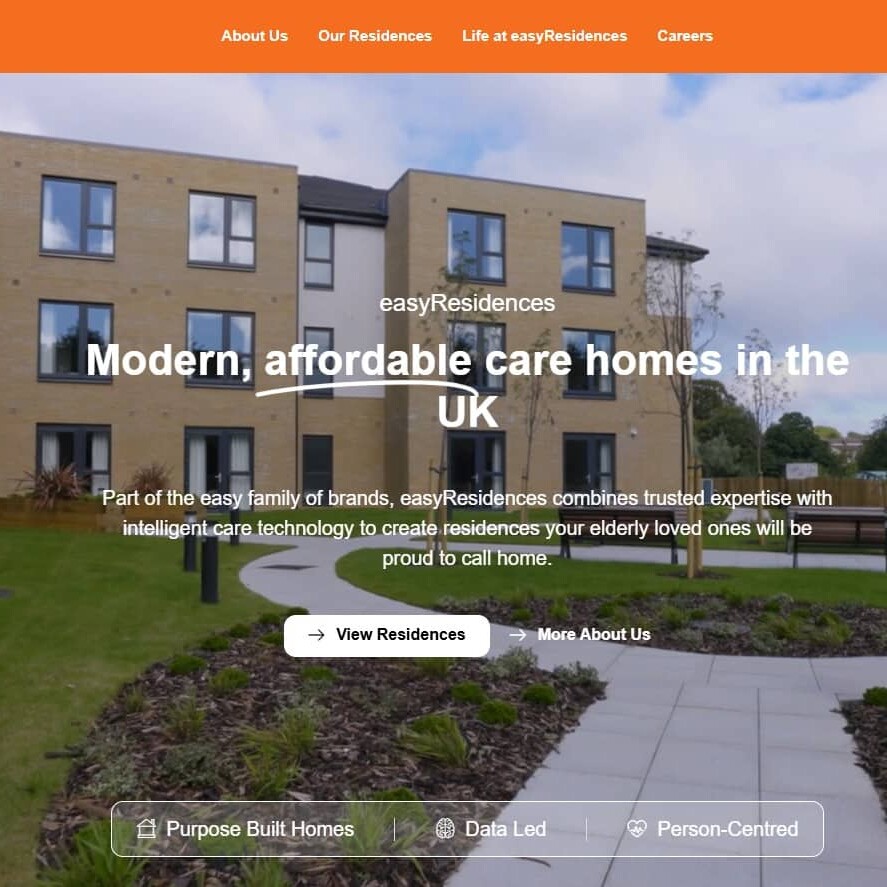COVID-19 has unfortunately highlighted more than ever the vulnerability of our older population to viruses. Throughout the pandemic we have been communicating with our clients and operators to see how they are coping and learning from their experiences. We have also been reflecting on our previous and current projects looking ahead post-COVID to what care homes might look like and how, as designers and architects, we can quickly adapt. There is of course no official design guidance as of yet but we feel that the conversations need to have started already if we want to be better equipped for possible future pandemics and viruses.
Some of the main themes which need to be considered from an early design stage of a care home project include:
- Enabling ease of cleaning and decontamination of the spaces with regular hand washing facilities available.
- Controlling how visitors and staff enter the home.
- Providing extra storage space for an appropriate stock of PPE.
- Flexible and adaptable spaces which can be separated into ‘social bubbles’.
- Ample usable outdoor space or winter gardens, not just on the ground floor but on the upper floors too.
- Helping to improve the resident’s wellbeing even if they are required to be isolated in their individual bedrooms.
As well as helping to protect the residents from the virus, the issue of the resident’s mental wellbeing and how loneliness can be alleviated must be tackled. Through design devices such as providing sufficient light and ventilation, a resident’s wellbeing can vastly be improved – simply being able to open a window can make a substantial difference to a person’s wellbeing. Private outdoor spaces and visual connections to communal spaces and to other people are also very important. Furthermore, having user friendly technology already integrated into the bedrooms may also be a great solution allowing the residents to video call their family and friends to stay connected throughout a lockdown. It may also allow the residents and staff within the home to talk to each other more regularly, especially if separated into ‘social bubbles’. Microsoft has been developing an interesting ‘Together Mode’ feature for its Teams video calling software which places the heads of all the participants in a virtual room making the process more engaging and informal, something that could make technology much more inviting for the elderly.
Another important design feature for the residents is communal garden space and how this can be utilised throughout most of the year and during a pandemic. These spaces should be flexible and offer shelter from the weather and also allow people to use the space whilst at safe distances. A great idea that we have recently seen are the ‘visitor pods’ designed by Showplace Ltd where the resident’s family can visit a temporary pod structure that has a clear screen which safely separates them from residents – click here for more info.
Our intention is to raise more awareness of these issues and keep the conversation flowing with regular engagement with our clients, operators and other professionals in the industry. We will start to implement these ideas and carry on learning as much as we can to contribute to improving the lives of the elderly – hopefully more industry-wide guidance will soon be available to further improve care facilities for the elderly during a pandemic.


